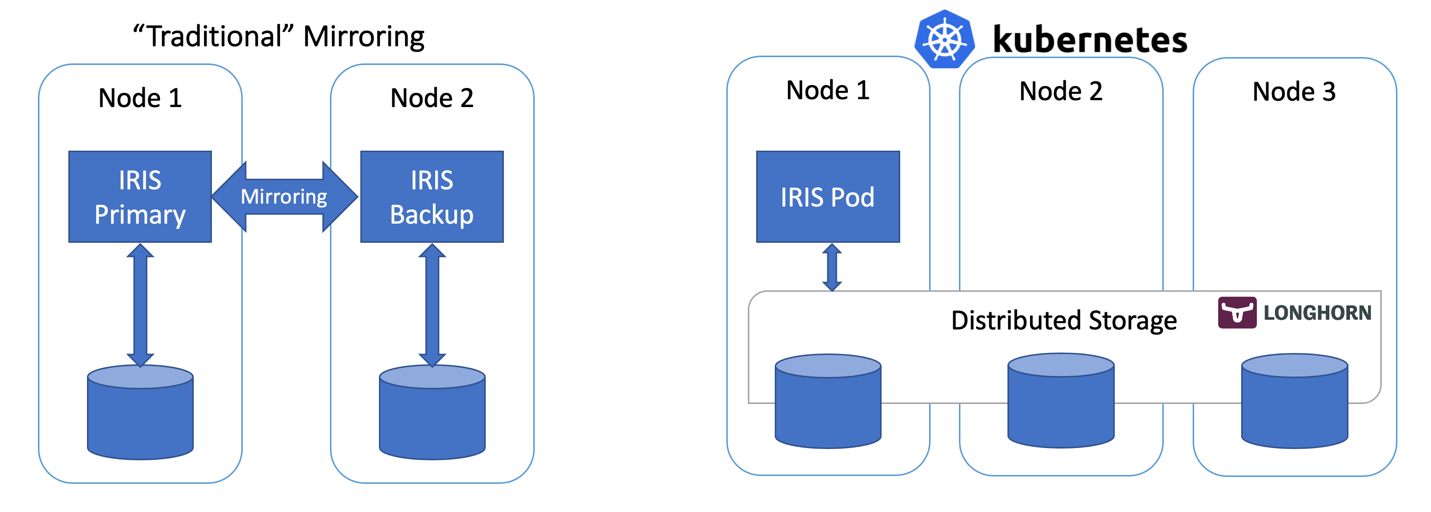Hi, this post was initially written for Caché. In June 2023, I finally updated it for IRIS. If you are revisiting the post since then, the only real change is substituting Caché for IRIS! I also updated the links for IRIS documentation and fixed a few typos and grammatical errors. Enjoy :)


Hi,
I was understanding the cluster configuration supported by the Cache. Have couple of queries around that:
1. In Cache version 2018.2, there is a shrading concept which splits the data of a Master Data server into multiple small data server which store shraded data.